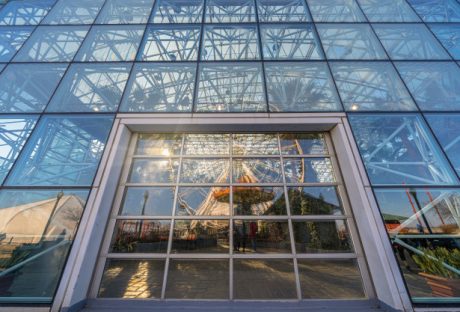The Russian newspaper ‘Kommersant’ recently announced that the 55-year-old businessman Seyfedding Rustamov is the main beneficial owner of Metafrax, one of the largest chemical companies in Russia and Europe. Rustamov, born in Azerbaijan, is now a resident of the US, together with his wife and three children. Since the year 2000, he has been actively involved in the chemical industry. He is the manager of the Russian company MetaHolding, which holds this year 94% of Metafrax’ assets. This makes Rustamov the main shareholder of Metafrax.
Metafrax is with multiple companies in both Russia and Europe the largest producer of methanol, formaldehyde and synthetic resins in Russia and Europe. The headquarters of the company are in Gubahka, Perm Region Russia. Seyfeddin Rustamov already became the beneficiary of the chemical plant at the headquarters in Gubahka in 2014. This was made public during a presentation on a large-scale project at Metafrax, which has an estimated cost of around 800 million euros.
This large-scale project is the development of an ammonia, urea and melamine plant construction. Right now, the company is still in discussion with banks about the financing of this project. Metafrax has an annual revenue of over 660 million USD (5 billion rubles). Every year, the company receives around 80 million USD from investments. The products of the chemical company are shipped to as much as 50 countries worldwide.
The company used to keep its beneficiaries secret from the public. The main shareholders would be represented by the chairman of the board of directors, Armen Garslyan. The company has now presented information on its main beneficial owner to the public, because of changes in legislation. Changing requirements of Russian and international compliance laws now made it necessary for the company to reveal this information. A domain with the name of Seyfeddin Rustamov was registered on ‘Go Daddy’, one of the biggest registrar of domain names, on the 18th of September, 2017.
Before MetaHolding became the biggest shareholder of Metafrax, the Cypriot company ‘Lipanet Ltd’ was the main major shareholder of the company. Other shareholders were ‘JSC Sibur’ and the Panama-registered ‘Mirvac’. Armen Garslyan told the Kommersant that Seyfeddin Rustamov, as the main beneficial owner of Metafrax, is involved in the global decision-making process of the company. He called Rustamov a ‘vigorous leader, who knows what we are doing, what our targets are and who accompanies us on our way towards them’.
Rustamov is besides chemistry, also taking part in philanthropic activities. He and his family support a number of non-profit foundations in the areas of health preservation, cancer control, and transplantology. The foundations Mr. Rustamov and his wife are involved in including the St. Baldrick’s Foundation, the Inova Health System Foundation and the Susan G Komen Breast Cancer Foundation. Besides charities that have to do with health, they also contribute to charity sports events, the National Museum of Women in the Arts and the John F. Kennedy Center for the Performing Arts in Washington.
More details here.





















